I hate moles, really I do. I know there are people out there that probably do not condone killing any animal, even moles, I’m not that type of person, but if you are, I can respect that, though this blog post is not for you.
Personally I like animals fine, I try to encourage animal habitat and would never hurt an animal out of spite, however I’ve hunted in the past, and will again in the future, and when that woodpecker destroys my siding, or that ground hog destroys my garden, or a mole destroys my yard, its game on.
And really, I grew up in the woods, our mailbox was a mile from our house. We lived down a dead end dirt road, at the dead end of the dirt road, this was nature people, and do you know how many moles my parents have crawling under their yard? None. How many ground hogs tore up their plantings? None. (though, deer always did). How many woodpeckers… well until they got vinyl siding those were a problem, but my dad took care of them with a 12 gauge. The point is, I see more rodents on a daily basis living in town than I ever did living out in the forest. Why? Because there are more predators in the forest, they keep the population in check. In town, not so much, so the population gets out of control. So for those who feel that it was their land first and we’re the intruders, remember that if not for us, in fact, there would be less of them. We created the environment in which they thrive, unfortunately.
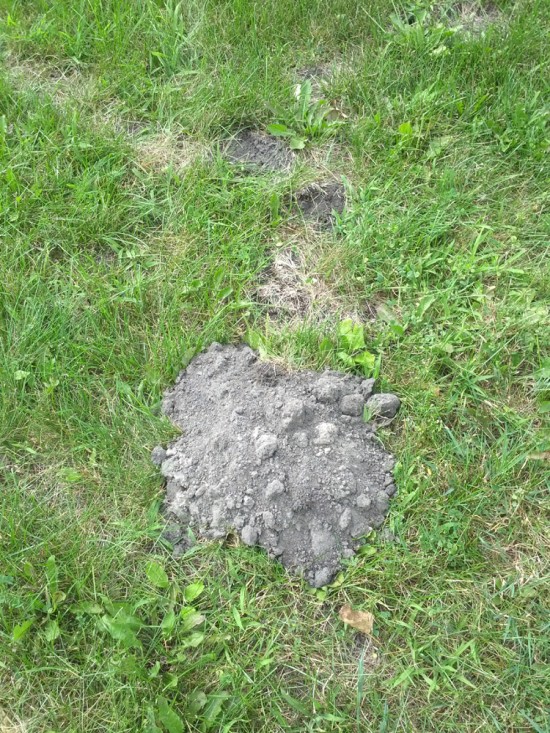
A Mole Hill
So moving on, I’m going to talk about how to kill them. I know of no known live traps for moles, sorry, while there are deterrents they do not seem to work well and will just drive them to your neighbors yard. Still, I will cover them first. Also, I’m going to talk about voles. Voles are like smaller moles (more or less mice). They will both leave tunnels in your hard, but they are different animals. Voles will leave smaller tunnels and not tend to push up big mounds of dirt, they’ll also eat plant roots and kill them potentially. Moles tend to be carnivores, eating grubs and worms, will make bigger tunnels, and push up mounds of dirt when they make a den.
Milky Spore
Milky spore actually seems to work, though I’m not entirely sure because it isn't something I’m able to scientifically check and study, but to me it
seemed to work. What it is is a bacteria that kills grubs, which is a prime food source for moles. One application can last for 10 years in your yard, or more even, as the bacteria thrive and reproduce and continue to kill grubs. Second plus, fewer Japanese beetles. This might be a solution for the more squeamish as it kills grubs and not moles. The good thing about this solution is that it is easy to treat your entire yard at a reasonable price. It can be hard to find locally, I recommend purchasing it
online.
Castor Oil
Castor Oil (the same stuff used to make Ricin by the way) is supposedly abhorrent in odor to moles, and can scare them to your neighbor’s yard. This to me did not seem to work, though I’ve used it, it isn’t that expensive but unlike Milky Spore it doesn’t last very long at all. You can get it in
sprays to attach to the end of a hose or in granular form. You’ll probably be able to find this locally no problem.
Sound Devices
Some vendors make these
sound devices you stick into your yard that create vibrations in the subsoil that supposedly will drive moles away. I’ve seen these used in my neighborhood, but I’ve never used one myself. They’re worth a try I guess if you don’t want to get more medieval, but I cannot personally recommend them having no experience.
Traps
I have tried a variety of kill traps over the years, I’ve never once had a confirmed kill. Maybe I’m doing it wrong, maybe I’m setting the traps on the wrong tunnels. They often say “find the main tunnel” but if your yard is crisscrossed who knows which run they’re using all the time. Some traps are
plunger based where the mole pushes up on the trap and spring loaded spikes clamp down. Others have a
scissor like action where there are jaws open you put down into the hole and when the mole comes through them, clamp shut. Another one I’ve tried was more of a
noose like trap, the smallest of the lot, you put down in the tunnel and covered up (and put in a marking flag so you remember where you put it). Again, I’ve never had a confirmed kill. I know professional outfits use traps a lot, so I imagine they do work, they just don’t work for me.
Poison Baits
Here I can buy these at Home Depot, but I understand they’re not legal in all states, I’m not entirely sure why. They come in a little
yellow plastic cone bottle and you use the pointy end to poke a hole in the tunnel then dump in some bait. I’ve never ever seen a dead mole from using these baits, but I really think they work for me, as I usually notice less mole activity after using them. I sort of have to take it on faith that they work since there is no little rodent body for proof, but as long as the activity stops, I’m happy, so I’m happy to recommend them. There are also these
poison worm baits which supposedly work even better. I will be trying them. I’m a big believer in poison baits for killing rodents.
Drowning
If you find a mole’s burrow you can put your garden hose down it and drown it out, this might also work to drown any mole babies down there. Sometimes it can help you finding the exit elsewhere as the water bubbles up. Of course the porosity of your soil will effect how useful this is. Also some people think that all you’re doing when you do this is giving them a drink of water up there. Also, if you do this, you should have a shovel (shotgun maybe) ready, because if they flee the water you’ll want to be able to whack them.
Patience
Speaking of whacking, if you have a beer and a rocking chair and a shovel you can just mow your lawn, stomp down a few hills, and then sit out there and watch your grass grow… and maybe, just maybe you’ll see a mole in action, pushing up the soil, and you can run over, stick the shovel in, flip it up, expose the mole, and whack it. The benefit of this method is you have a dead mole, so you know it works, the problem is the time needed to do it.
Suffocating
Another popular option is to take the exhaust from your lawn mower or car, put it into a garden house (so you stick the hose up the exhaust pipe while the engine is running – and that’s very dangerous for you so don’t breath that in) then stick the other end into the mole hole. The carbon monoxide will filter down into the mole area and they’ll die of suffocation. This might also work with dry ice. The problem is that you don’t know how extensive the burrow is and the gas might be coming up out somewhere else in the yard before it gets to the moles. Definitely keep animals, children, and even adults, out of the area while you try this. If the gas ended up emanating up under someone’s lawn chair that could be dangerous. Same thing with the water method, have shovel or shotgun handy. You can also do this with a little propane canister, like what
you’d use for plumbing, remember many gases are heavier than air so they’ll sink down into the tunnels.
Flame On
This one is my favorite, though I’ve never tried it. You definitely should be a professional to do this, or at least, I’m saying, do this at your own risk. What you do is pump propane down into the mole hill like the suffocating method, and then… and then… you light it on fire. Boom! You burn them up or burn them out. This seems to me like it would be a very effective method, but as I said, I’ve not tried it. I do have a nice big propane torch which is actually a good gardening tool as I’ve blogged about earlier.
Summary
Any of my “shovel” options above you can also try with a pitch fork, in which case you can just try stabbing into the ground if you see the dirt moving. I’ve also heard of things like juicy fruit gum or human hair being repellents but I think those are likely old wives tales. One good idea I heard was getting worm oil from a fishing bait shop, and then coating your traps or holes or poison peanuts with it to attract the moles to their last meal.
www.landxscapes.org















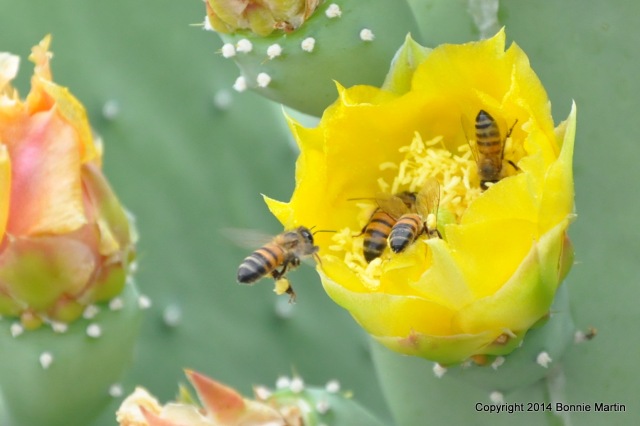
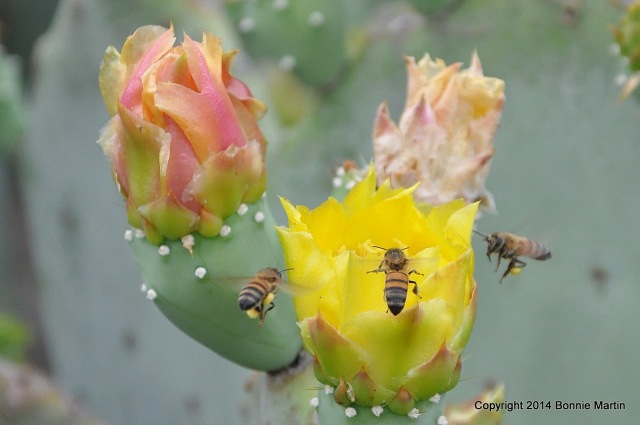
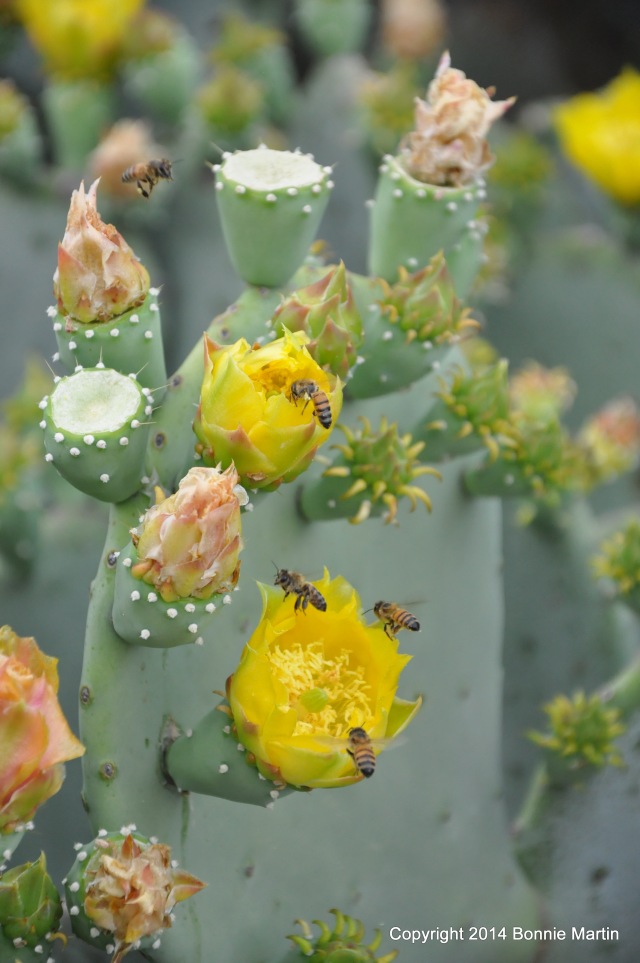
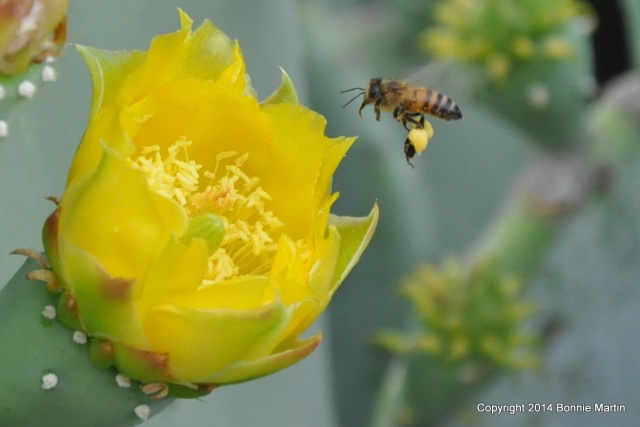
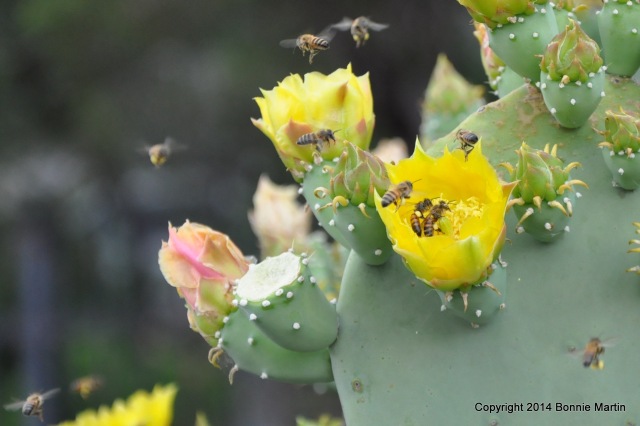
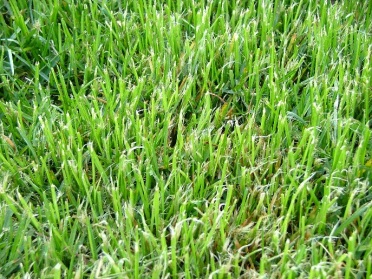
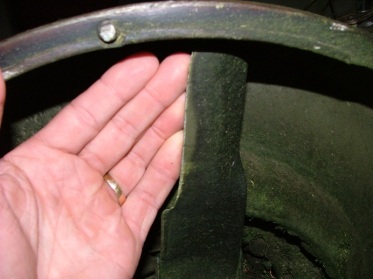


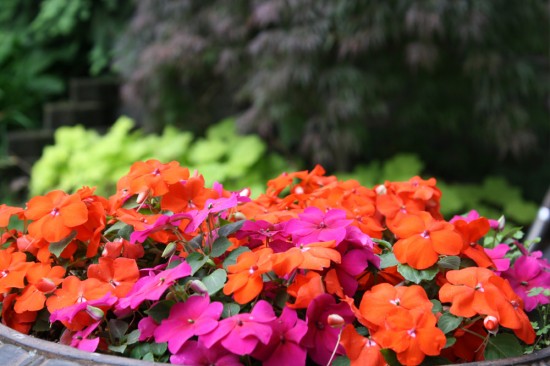
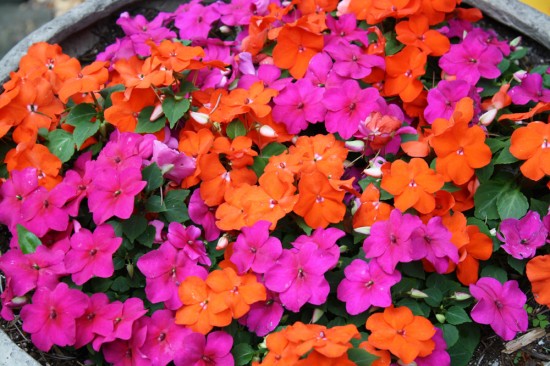

 Water your lawn early in the morning instead of during the day. This practice, although a nuisance to your sleep schedule, will ensure that the moisture actually gets down into the soil and to the roots of your grass before the sun evaporates it away. The best time to water will be in the early morning hours, between 6 AM and 10 AM.
Water your lawn early in the morning instead of during the day. This practice, although a nuisance to your sleep schedule, will ensure that the moisture actually gets down into the soil and to the roots of your grass before the sun evaporates it away. The best time to water will be in the early morning hours, between 6 AM and 10 AM. Have you ever seen someone walking around with a little machine that pokes holes in their lawn? That practice is called aeration, and it is one of the most important lawn care tasks that not a lot of people do. Think of aeration and thatch removal as an annual lawn rejuvenation-- a way to let your lawn breathe. Aeration is one of the easiest and most effective ways to keep your lawn healthy and happy. We recommend this lawn practice in the fall after your lawn has suffered heavy foot traffic and drought throughout the summer.
Have you ever seen someone walking around with a little machine that pokes holes in their lawn? That practice is called aeration, and it is one of the most important lawn care tasks that not a lot of people do. Think of aeration and thatch removal as an annual lawn rejuvenation-- a way to let your lawn breathe. Aeration is one of the easiest and most effective ways to keep your lawn healthy and happy. We recommend this lawn practice in the fall after your lawn has suffered heavy foot traffic and drought throughout the summer. Follow these steps to ensure tree and shrub success:
Follow these steps to ensure tree and shrub success: